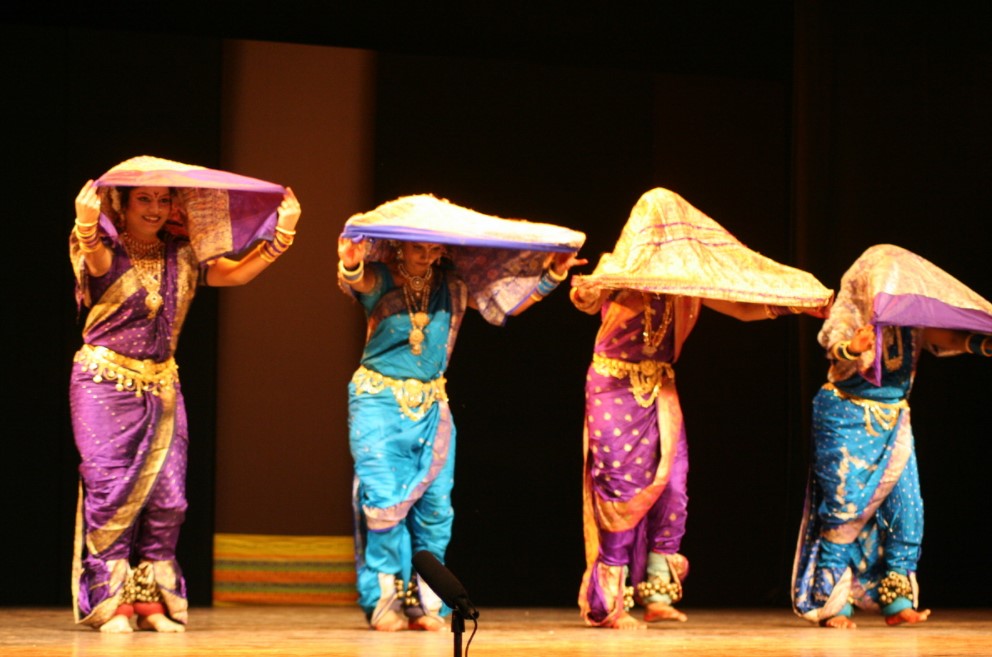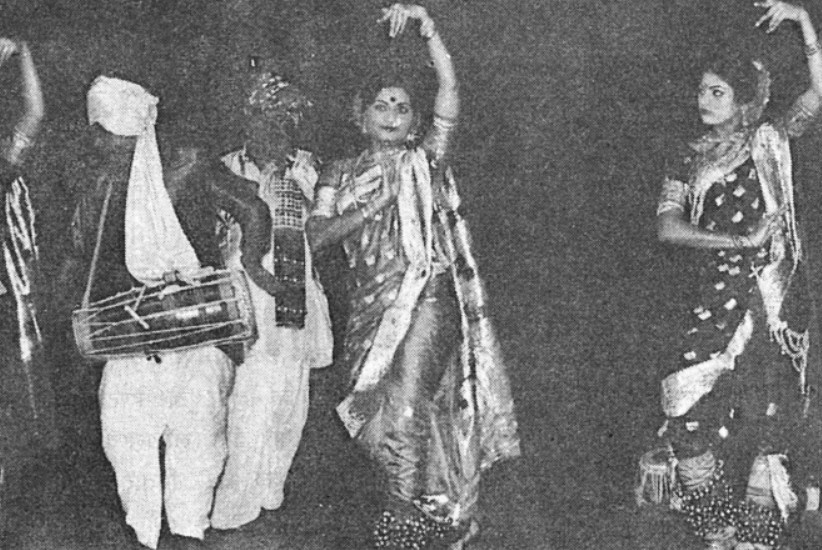
“Homo Hierarchicus” is how Louis Dumont identified human beings in his groundbreaking work on the Indian caste system. What he was highlighting is a universally shared tendency to mark everything under the sun with the labels of high and low. No aspect of human life is left devoid of hierarchisation, not even leisurely activities such as entertainment. This division is clear in the predisposition to keep the art forms considered refined and tasteful for the upper strata of the society, while leaving all that is “coarse” and “lewd” for the lower sections of the society. Even when the composition of the audience changes for popular entertainment, it always stays below the classical, on the periphery and continuously struggles for patrons. Tamasha, the folk theatre of Maharashtra can be studied closely to look for this gap between classical and folk, against the backdrop of the conventional attitude towards caste and performers in Indian society.
Dance and related performing arts have had a long history in the Indian subcontinent. The rock shelters of Bhimbetka feature groups of dancers with musicians, taking Indian society’s connection with performing back to the prehistoric phase. Historians and anthropologists believe that the rhythmic movement, music and social gathering brought the groups closer. Depiction of masked male and female figures in one of the caves at Bhimbetka, is known as “Wizard Dance” and an understanding of movement and rhythm as well as use of material such as horned masks made historians conclude that the aim behind the stone-age men grooving was apparently ritualistic. Tamasha, which literally translates to fun or play, was initiated with the purpose of fulfilling the demands of the less privileged men, who needed a hospice for their senses after working hard all day as they couldn’t afford to appreciate the talents of courtesans like the rich.
In its primordial form, the Tamasha group consisted of men only, since it wasn’t perceived as respectable work for women. The troupe included a dancer known as “Nachya”, a composer referred to as “Sahir” and “Songadya” or the “Sutradhar” who brought together all the elements on the stage. These itinerant artists, through the mediums of dance and songs addressed themes of love, devotion and passion, for a rural audience. It was only 17th century onwards, when Tamasha became a part of the court of the Peshwas that it gained wider acceptance. Because of its indelicate content, Tamasha was a prohibited area for women. Slowly, from within the close knit groups of artists, women started coming on stage driven by financial need of their families.
As an art form, Tamasha kept on updating and embellishing itself as per the requirements of its time and patrons, and the content transformed drastically during India’s struggle for Independence when its message bearing capacity was realised and ideals such as patriotism were included in the performances. Leaders like Bal Gangadhar Tilak and Jyotirao Phule relied on it as a vehicle to disseminate their messages on vital socio-political issues such as the question of women or caste differences. Due to its image as commoners’ entertainment, Tamasha escaped the scrutinising British eye for quite some time.

In Independent India, Tamasha, like many other folk art forms, faced crisis on multiple fronts, some of which are rooted deeply in the societal belief system. A major reason behind the current condition is the historical involvement of lower caste groups in the theatre group as well as the audience. Due to its relation with these sections since its genesis, Tamasha is still seen as an indelicate art form. Add to this the generic attitude towards Lavani, the dance performed as part of Tamasha, which is erotic and suggestive in content. As the social perspective towards the practice started degrading, members of the trope, being an easy target, increasingly experienced exploitation and oppression. Female members had it much worse since they were on the receiving end of sexual as well as caste based victimization.
Modern times came with newer forms of entertainment, which rapidly made its way into the hearts of people, for the first time transcending the boundaries of high and low. The twin blow- by older caste based exploitation and pressure of competing with television series and movies proved to be too much for the already striving tradition. Parallel, the absorption capacity of Tamasha kept on being utilised, now by the government to spread awareness regarding different schemes. Elements such as Lavani were adopted by Bollywood though the focus was narrowed towards the salaciousness of dancer’s gestures and lyrics. Still, considering the turnout and response in recent times to the modernised structure of Tamasha and its components, it wouldn’t be entirely wrong to have hopes.
In conclusion, many believe that art existing for the sake of it, is a concept reserved for the elite. In the case of popular art forms, which emerged out of necessity, it is important that they continue to serve some kind of purpose in whatever context they are. Secondly, innovation while keeping the essence intact is what the artists and consumers of the tradition should aim for. With several living traditions dying, it is high time to actively work towards safeguarding something as multifaceted and vibrant as Tamasha. Maybe it is time to take a page out of the book of our national leaders, this time for a different purpose.
Bibliography
(Mangla Bhansode and the Social Life of Tamasha, by Shailaja Paik https://www.jstor.org/stable/26405016?seq=1)
https://www.jstor.org/stable/3206466 Folk Theatre in Maharashtrian Social Development Programs, Tevia Abrams


Simply want to say your article is as astounding. The clarity in your post is just great and that i could suppose you’re a professional in this subject. Well with your permission let me to clutch your feed to keep up to date with imminent post. Thanks one million and please continue the gratifying work.
Its like you read my thoughts! You appear to know a lot about this, like you wrote the ebook in it or something. I think that you can do with a few to pressure the message house a bit, however other than that, that is fantastic blog. A great read. I’ll definitely be back.